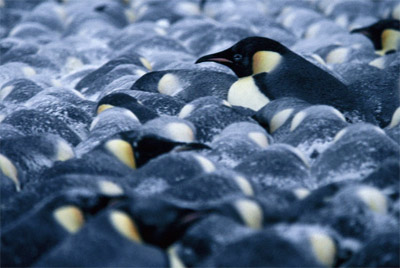“[The] Beech is identifiable by the gleam of its wondrously smooth bark, not furrowed even by extreme old age. Here it will be free of branches for full half its height, the sturdy boughs then gracefully down-sweeping. The gray bole has a further beauty in the way it flutes out at the base into strong feet, to the shallow, wide-spreading roots. And the luxuriant growth of mosses on the north side of such a tree, together with the mottling of lichens, add to the look it ears of wisdom and serenity.” – Donald Culross Peattie, 1948, A NaturalHistory of Trees of Eastern and Central North America
 |
| Beech nut |
Found across eastern North America, west to Minnesota and south to Texas, the American Beech populates hardwood forest and well-drained bottomlands. It can be recognized by its alternate, elliptical leaf with sharply incurved teeth, its lancelike pseudoterminal buds, and its small nut encased by a prickly husk.
Two varieties of American Beech are known to occur in North Carolina. Fagus grandifolia var. caroliniana occurs in the Piedmont and Coastal Plain, and it is recognized by the fuzzy hairs on the underside of its thin leaf. Fagus grandifolia var. grandifolia occurs in the mountains and is hairyless or hairy only on the midveins of the leaf.
 |
| Scorias spongiosa on Beech in Durham NC |

